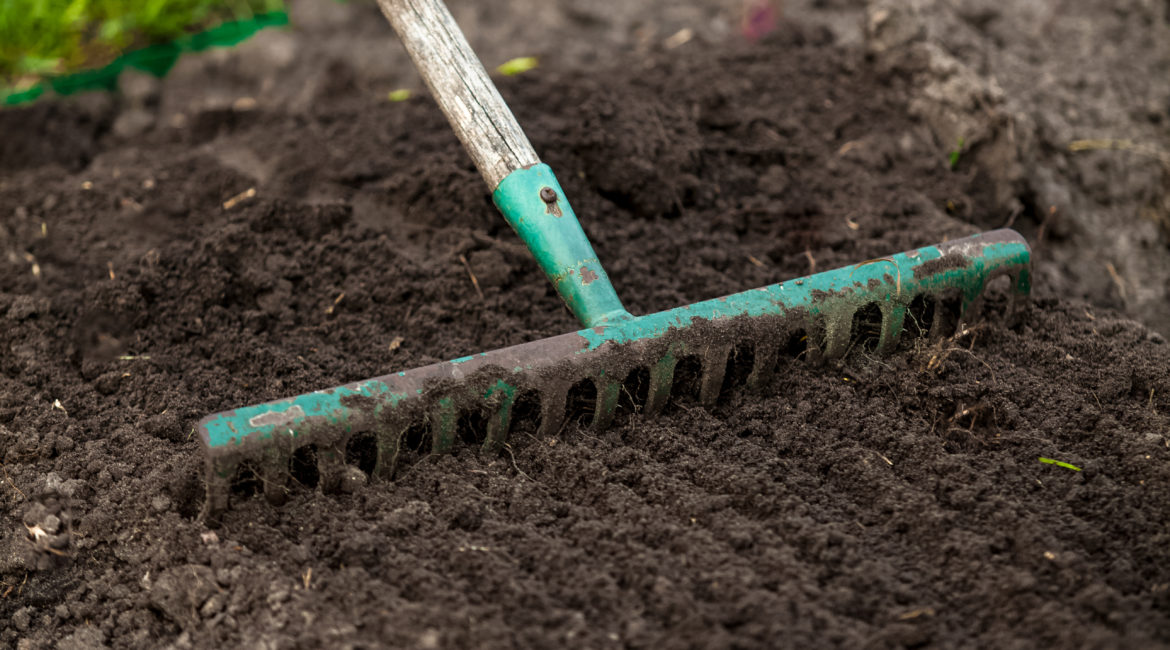In November, your thoughts are likely centered around things like the holidays and not flowers, trees and gardens. But autumn is actually a great time to start planning your spring landscaping projects. So if you’re looking for a way to decompress after fighting the crowds at the mall, put on a jacket and some garden gloves and get to work!
Prepping Existing Gardens
Assessment
At the end of the growing season, visit your gardens and take note of how your existing plants grew. Note which ones did well, and which ones didn’t. Look for signs of disease or death on bushes and trees. Also note which plants may be outgrowing their existing space. Remove all annuals, and cut back perennials with the exception of roses. Pruning roses stimulates new growth, so cutting them back should be done in the spring. If you have plants that have become too large for their space, either remove them completely, divide them, or cut them back to a manageable size. Remove any weeds left over from the summer. If you have bulbs that are not hardy in your area, dig them up for winter storage. If you are removing plants, be sure to replenish the soil taken from its location.
Once your plants are prepped, pull away any existing mulch to expose the soil beneath. Add compost and peat moss and work it into the existing soil before replacing your mulch.
If you will be composting the plants removed from your gardens, be sure to separate weeds and any diseased plants before composting.
Adding “Insulation”
Adding additional mulch to your flower gardens in the fall will help keep the soil beneath it healthy during the harsh winter months. Mulch helps to provide a barrier, and acts as somewhat of a layer of insulation for your plants and soil.
For vegetable gardens, working compost into the soil before the ground freezes will help ensure healthy, nutrient rich soil in the spring. Once the soil is prepped, “insulate” your vegetable garden by covering it with a layer or two of heavy plastic. Weigh the plastic down with rocks, railroad ties or cinder blocks to keep it from blowing off during the winter. By covering your garden, you are helping to keep the soil below damp and free from weeds. You are also helping to ensure that the soil will not run off during heavy rains or melting snow.
Planning New Gardens
If you will be adding new gardens in the spring, you will want to map out and prep the areas in the fall. Mark the area and dig up and remove any grass in that area. If the soil beneath is not conducive to growing – if it is too sandy or contains a high concentration of clay – remove 8-12 inches of the native soil. Replace the removed soil with good quality top soil. Work fertilizer and peat moss into the top soil and gently pack it down.
Once the soil is even with the surrounding ground you will want to cover it to avoid run off during the winter. Areas for flowers can be covered either in mulch or plastic. Plastic will help keep it damp and easier to work with in the spring. However if the area is in a highly visible location in which plastic will look unseemly, mulch is a good alternative. Cover any new vegetable garden areas with plastic, being sure to weigh it down to prevent it from being blown off.
Dare to Dream
A great way to beat the winter blues is to day dream about your spring gardens! When you’re feeling down about being cooped up indoors, grab your tablet or laptop and peruse Pinterest, HGTV or garden sites for ideas for your spring gardens. If you plan on adding new plants from seeds, research how long it will take to get them to a healthy size to plant in the spring. You can create an area in your home to grow seeds when the time comes, and add grow lights. Seeing plants come to life when the weather outside is frightful is really quite delightful!
Not Up for All of that Work?
If you’re interested in prepping or creating gardens this fall, but not so interested in doing the work, call the landscaping experts at Chesapeake Landscape Group. We’ll meet with you and go over recommendations, and help with planning. We can prep the gardens in the fall and return in the spring to do the planting.





